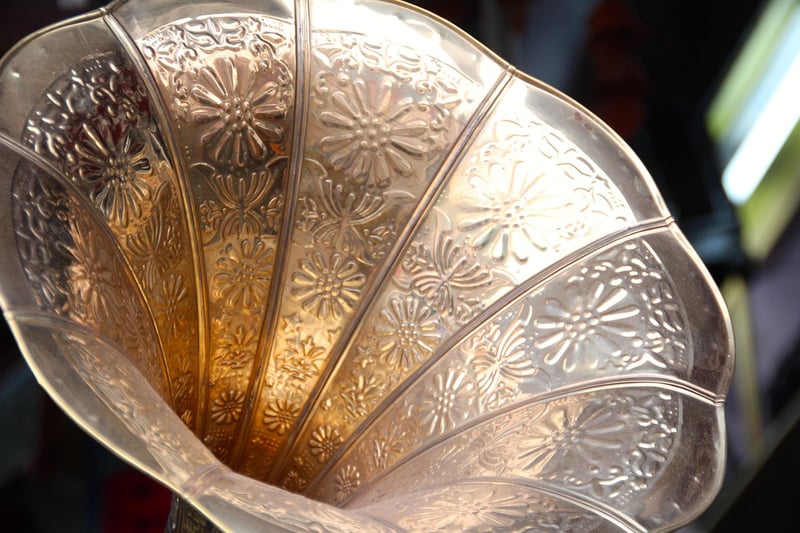Roaring Twenties
The Roaring Twenties: A Leap Through Time
The Roaring Twenties, also known as the Jazz Age, was a vibrant and transformative era that marked a significant shift in cultural, social, and economic aspects of society. This decade, spanning from 1920 to 1929, was characterized by economic prosperity, technological advancements, and a newfound sense of freedom and rebellion.
The Cultural Revolution
During the Roaring Twenties, significant cultural changes took place. The era saw the rise of jazz music, flapper fashion, and the Harlem Renaissance, which celebrated African American culture through art, music, and literature. Prohibition also fueled the growth of speakeasies and the rise of organized crime.

The Economic Boom
The 1920s brought about a period of economic prosperity, with the stock market booming and consumerism on the rise. This era saw the widespread adoption of new technologies such as automobiles, radios, and telephones, transforming the way people lived and interacted.
The Spirit of Rebellion
The Roaring Twenties was a time of rebellion against traditional norms and values. Women began to challenge societal expectations by embracing newfound freedoms, including the right to vote and express themselves through fashion and lifestyle choices.

The Legacy of the Roaring Twenties
While the Roaring Twenties came to an abrupt end with the onset of the Great Depression in 1929, its legacy lived on. The cultural innovations, economic developments, and spirit of rebellion of this era laid the foundation for the societal changes that would shape the decades to come.
Take a leap through time and immerse yourself in the dynamic and transformative era of the Roaring Twenties!
